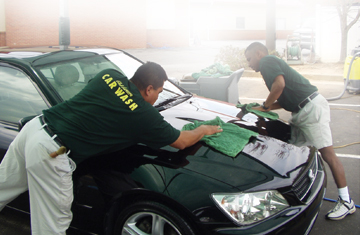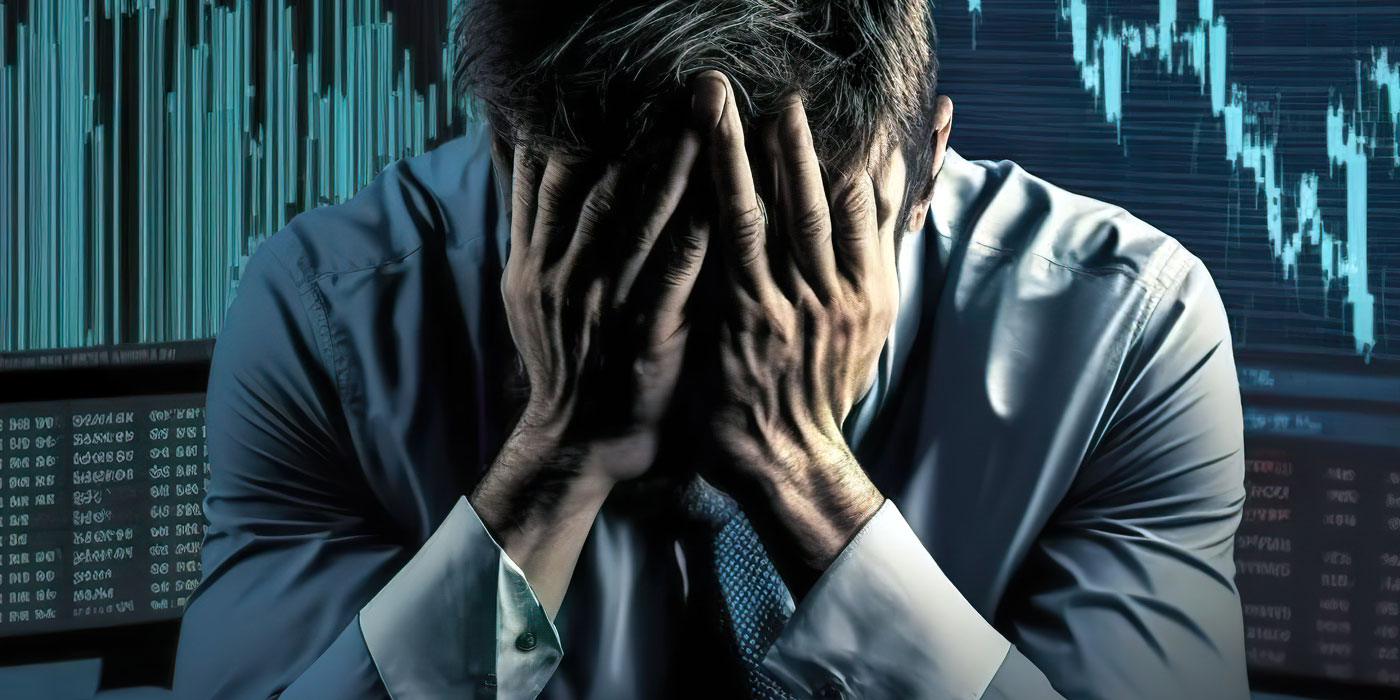One of the things I love about my job is that I regularly get to meet people who are new to the carwash industry. Often, attending our New Investor seminar is their first step in investigating the industry. Their enthusiasm is contagious and makes this part of my job extremely fun.
We start the seminar by asking what type of carwash they are interested in. Especially interesting is the amount of people who are looking into carwash models that most of us “old timers” would say are antiquated. As the day progresses and the new investors learn about the different models as well as construction and operating costs for each, their original perception of the ideal carwash model changes. By the end of the seminar, I estimate that 70 percent say that, if they decided to move forward with their plans, they would go with the flex serve model.
Defining flex serve
Since I first started teaching this program in 2006, I have seen a major shift in what people are looking to build, and even more interesting are the numerous variations of the flex serve model. So just what is the industry definition for flex serve? I’m sure to receive many emails disputing my definition, but here is the “textbook” model as I see it:
- 80 percent exterior only customers and 20 percent customers that add on a labor-involved service — this ratio can change if the operator wants to have more employees;
- Automatic pay stations (one to three);
- Many free vacuums (approximately 20);
- Lower base price ($3 to $7);
- No manual work performed (prepping, hand drying, etc.);
- Emphasis on five minutes or less;
- Customer remains in the car — the carwash employee never drives the vehicle; and
- An aftercare area that offers interior cleaning ($10 to $19) and express detail, 15 minutes or less ($30 to $40).
So why do I see so many operators going down the flex serve road? Like most businesses, I think some are looking for ways to maximize revenue while providing a service to keep the customer base happy. Others I feel are looking for more of a challenge after “mastering” express washing. Still others are successful full-service owners/operators looking to streamline their operation.
The variables of success
The amount of added revenue depends greatly on variables. The greatest variable in my opinion is labor, and how much labor is instituted significantly affects the bottom line. Some owners/operators will offer more services like headlight restoration, rock chip repair, etc. Yet others may only offer services like towel dry and interior vacuum. I like to say this is where the flexible part comes in.
In addition to running CarWash College, I also operate an express exterior location. It has a 53-foot front wheel pull mini-tunnel, a touch-less in-bay automatic and three self-serve bays. The location is about 12 years old, was purchased roughly four years ago and is primarily used as a test site for SONNY’S to try out new ideas and equipment. When the site was purchased, it was more of a traditional exterior model with coin vacuums and four self-serve bays. Over the last four years, it was converted in stages to today’s configuration.
Once we took over, the wash volume increased about 30 percent immediately. The biggest jump in volume came after the free vacuums were added. This year, the volume is up 300 percent from four years ago. As of the end of August, the mini-tunnel has washed over 90,000 cars. Yes, it’s a $3 base price and yes, it does work.
About a year ago, we began toying with the idea of adding some aftercare options to our expanding customer base. In talking with the customers, they felt like the area could use some additional services, even though there was a full-service location just down the road. I started down the path planning the changes and made a list of all the things I thought we would need to add for the additional services we wanted to offer. Once that list was done, I put a cost next to each item and came up with the grand total. Next, I came up with the new pricing structure for the items we were going to offer. I then estimated the breakeven point and estimated my tolerance for pain to decide how many employees to hire.
Over the next couple of months the changes took place, the tents went up, the compressed air was added, additional vacuums were put into place and all supplies required to perform the new services were ordered. During all of this, a new shine system was added to the wash process, and we raised the price on the top wash from $12 to $16. This change showed us that, even though the wash is in a low income area, that customers would still spend money if they got value for the money spent.
The hardest step
The next part in the process is often the hardest and most important step: Hiring. This is the part where you need to move slowly and make sure you hire the right people for the job. Remember, you are trying to build a team that will be able to work together in a fast-paced environment. After assembling a team, it’s time to start the training process. This part was not as difficult for me as it may be for others — it’s what I do for a living. When the training takes place, it’s important that you have a well-documented written procedure for each service you’re going to provide. Having written procedures will at least give you a shot at getting consistency in the process. Once the staff has mastered all of the processes on non-customer cars, it’s then time to move on to working with the customer and their beloved vehicle. During the period when you begin to offer the service to the customer, I recommend you do it for free for at least one week to build “buzz” and allow your staff to get plenty of practice and customer interaction.
During the stage when we began offering the service for free, I confirmed something that I had always knownto be true — customers don’t like dealing with people they feel are going to sell them something. During the free practice stage, I had people at the pay station explaining the new service we were offering for free. The result of having people at the pay station was that the average ticket dropped by 40 cents.
Something I found really helpful during this stage was being able to poll the customers on the quality of work, speed of service and the price they would pay for the service. During this time we also refined our staff’sskills in working with the customer base. The last step in the process is to go live. When this article is published, we should be two full months under our belt.
If you want more information on how to make the change or would like to know what the change has done for our numbers, please feel free to contact me.
Robert Andre is the president of CarWash College. He can be reached at [email protected]. For more information about CarWash College certification programs, visit www.carwashcollege.comor call the registrar’s office at 1-866-492-7422.














